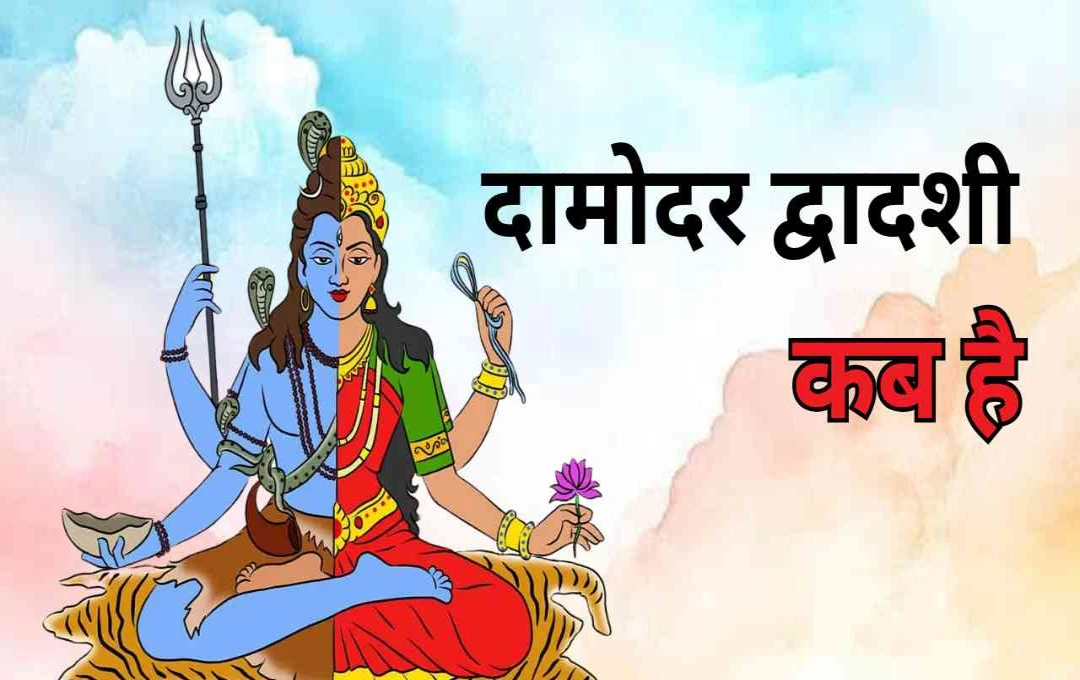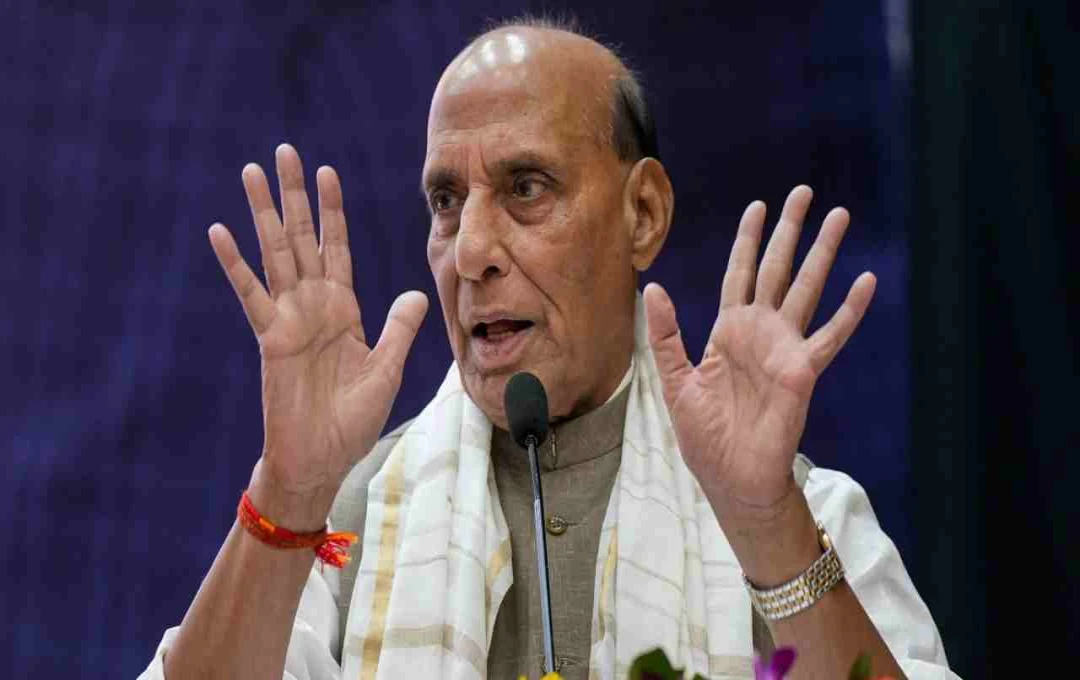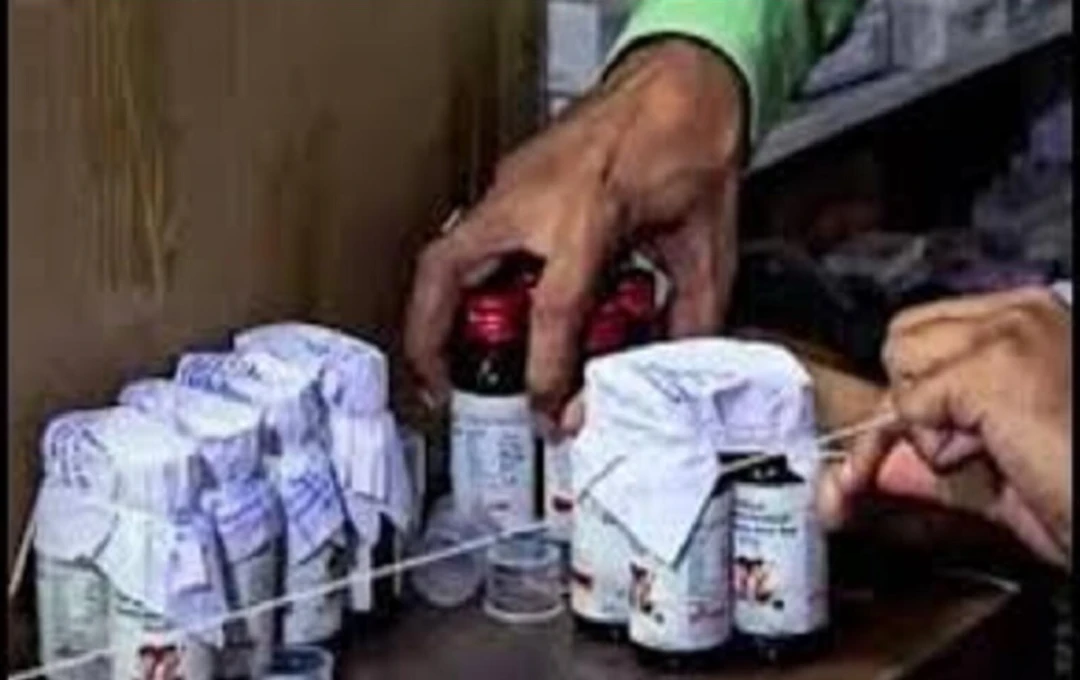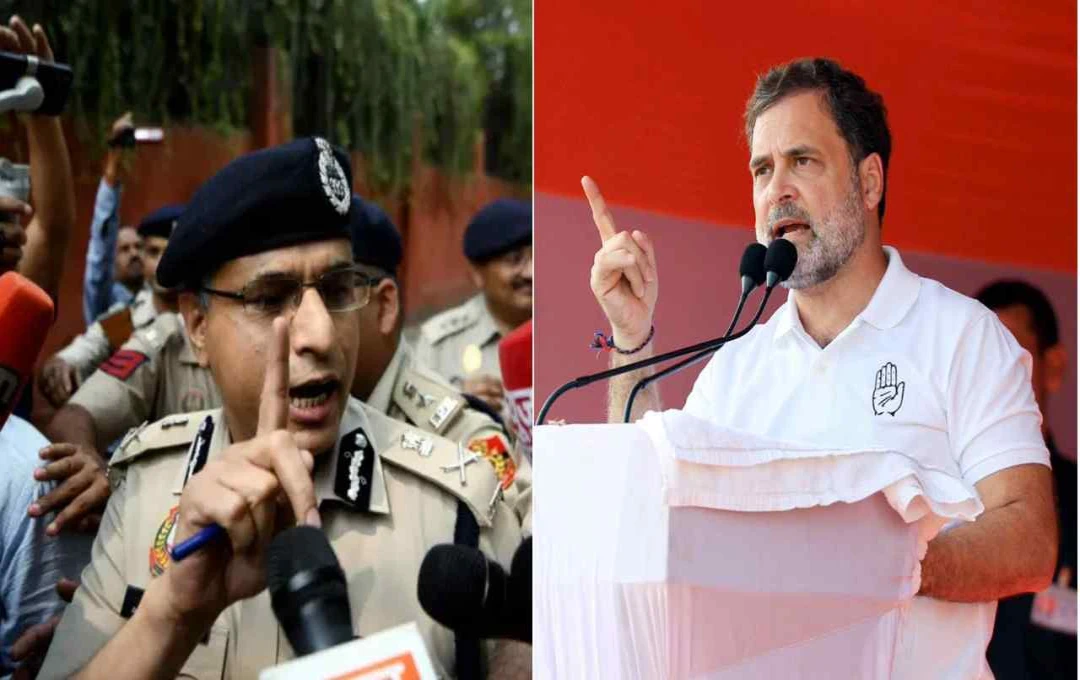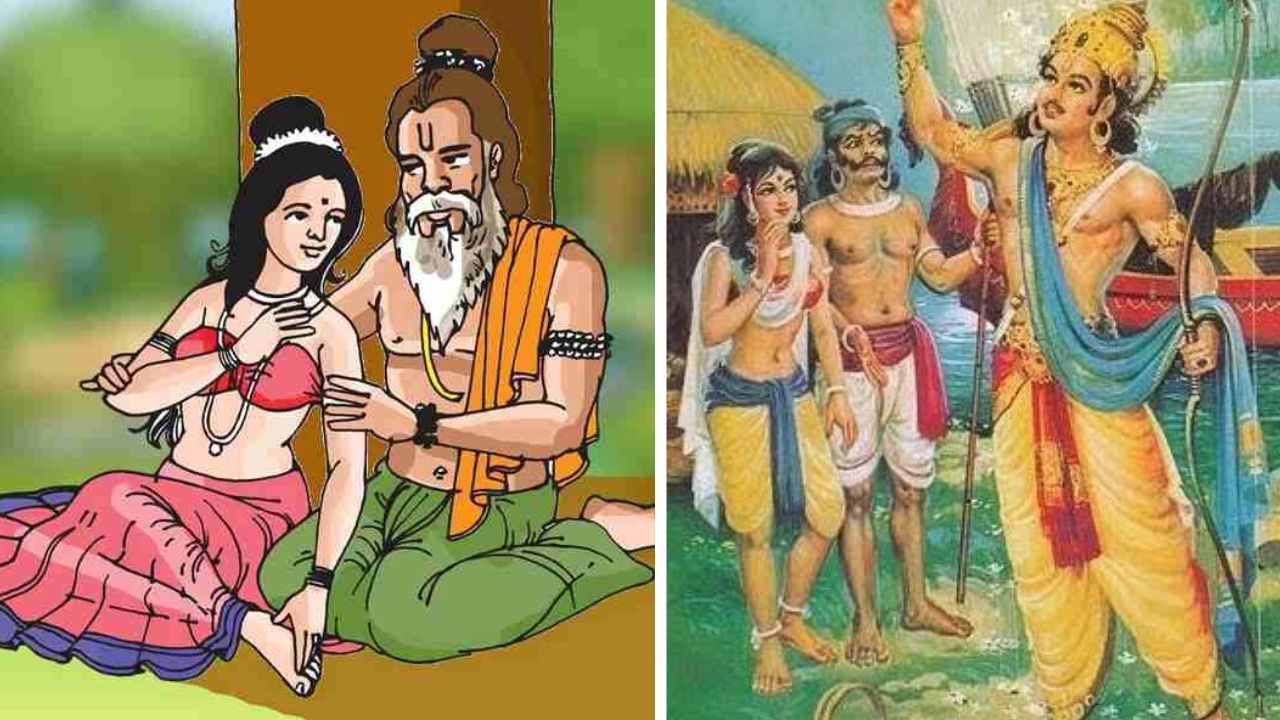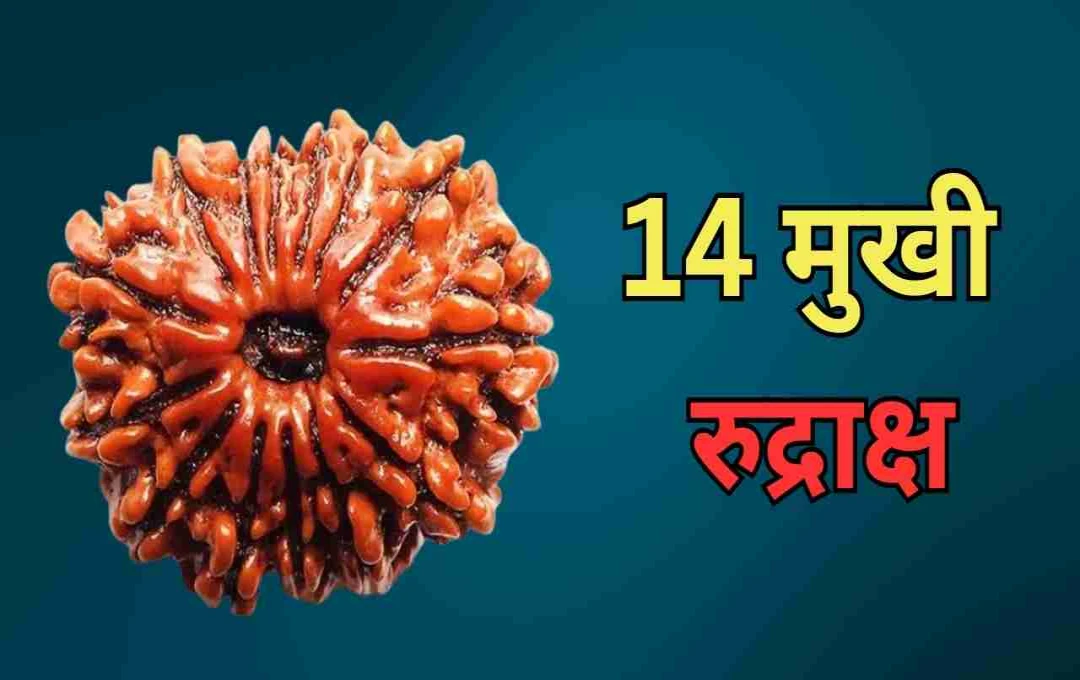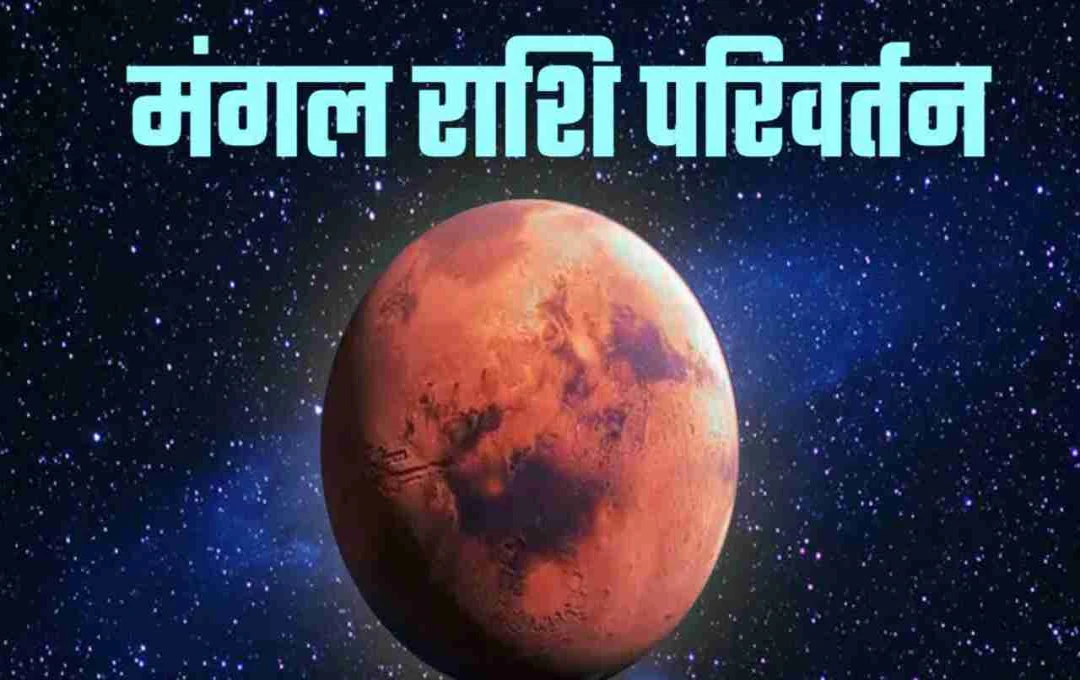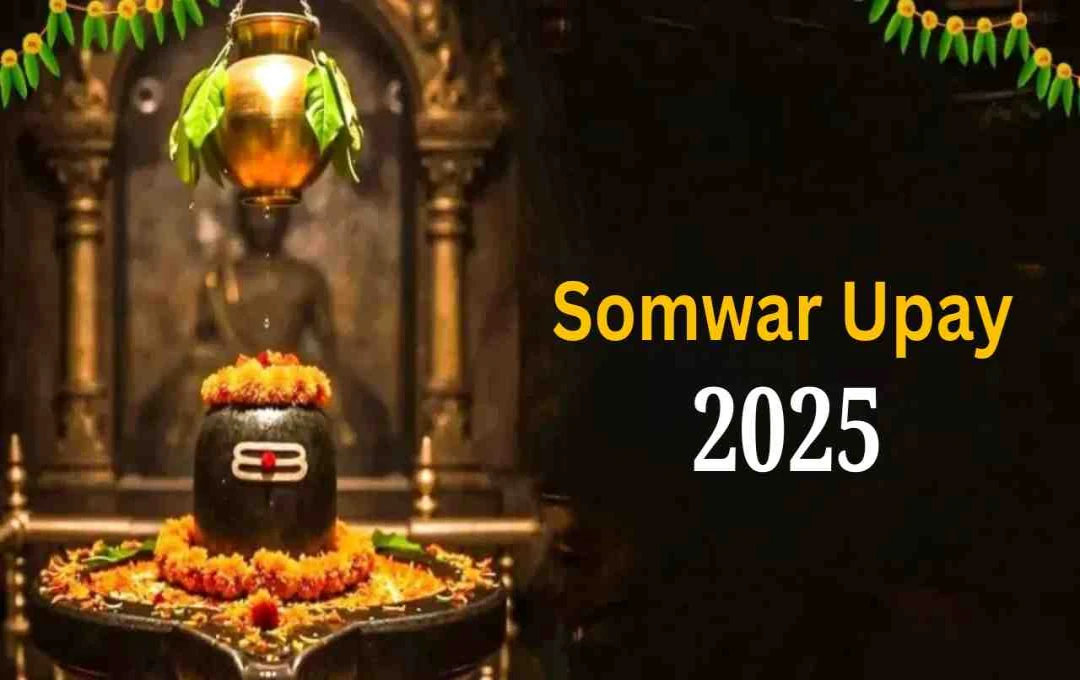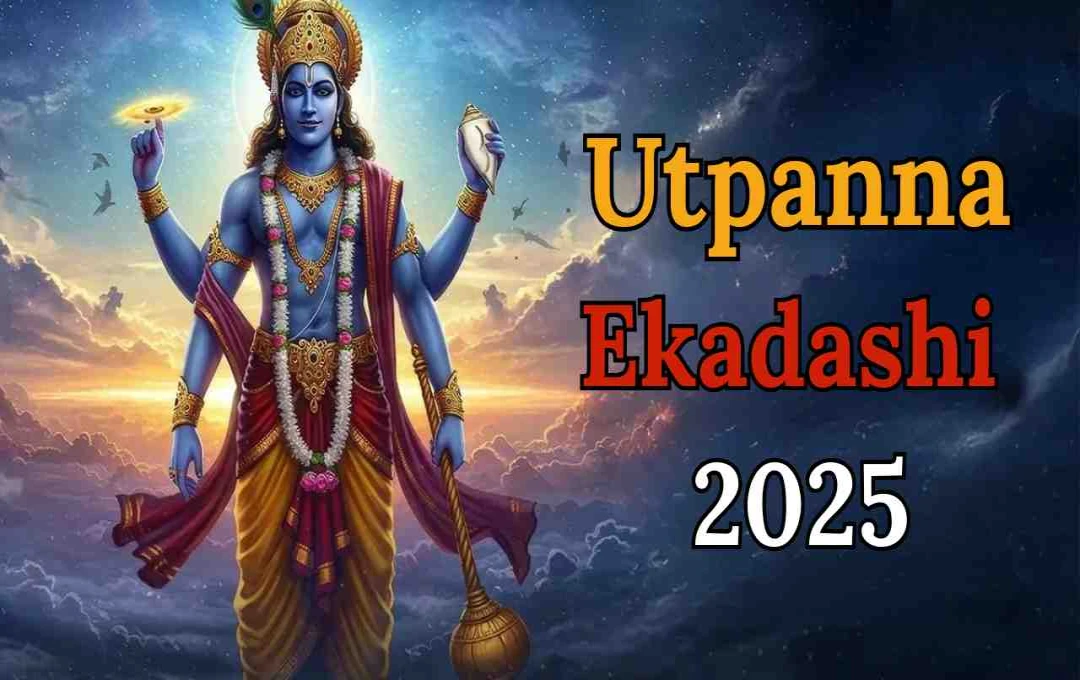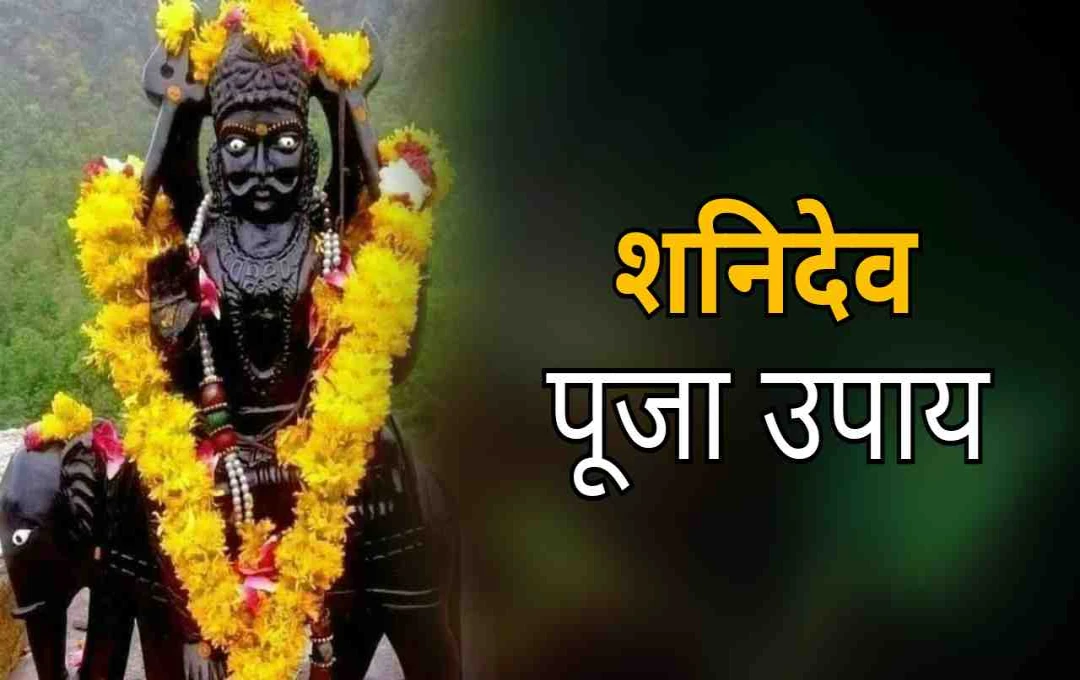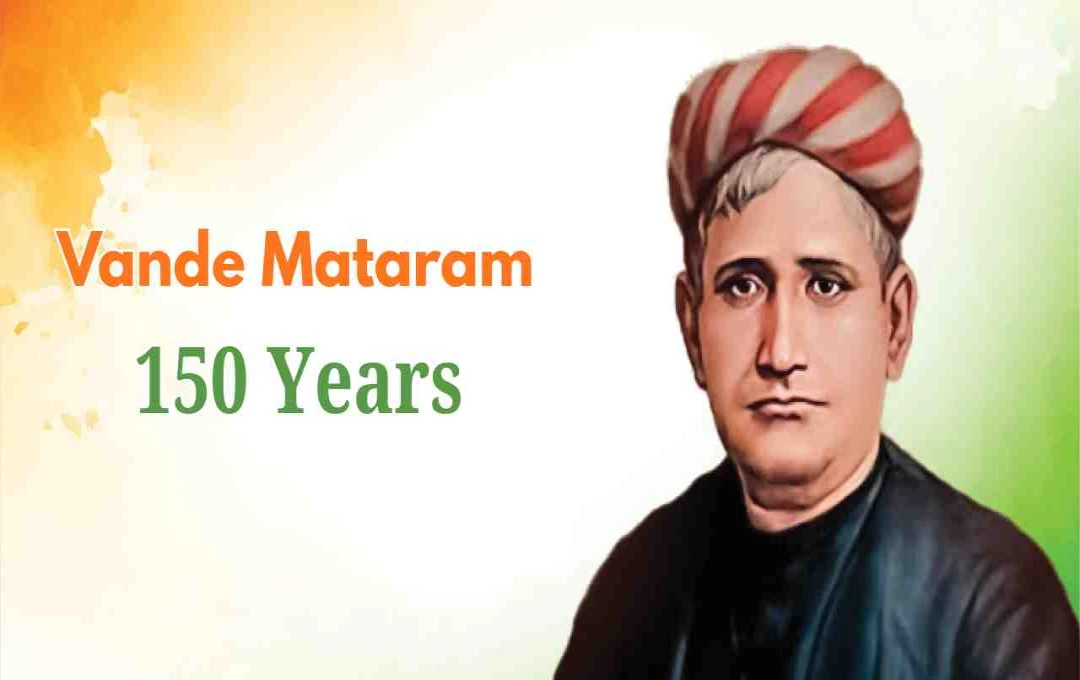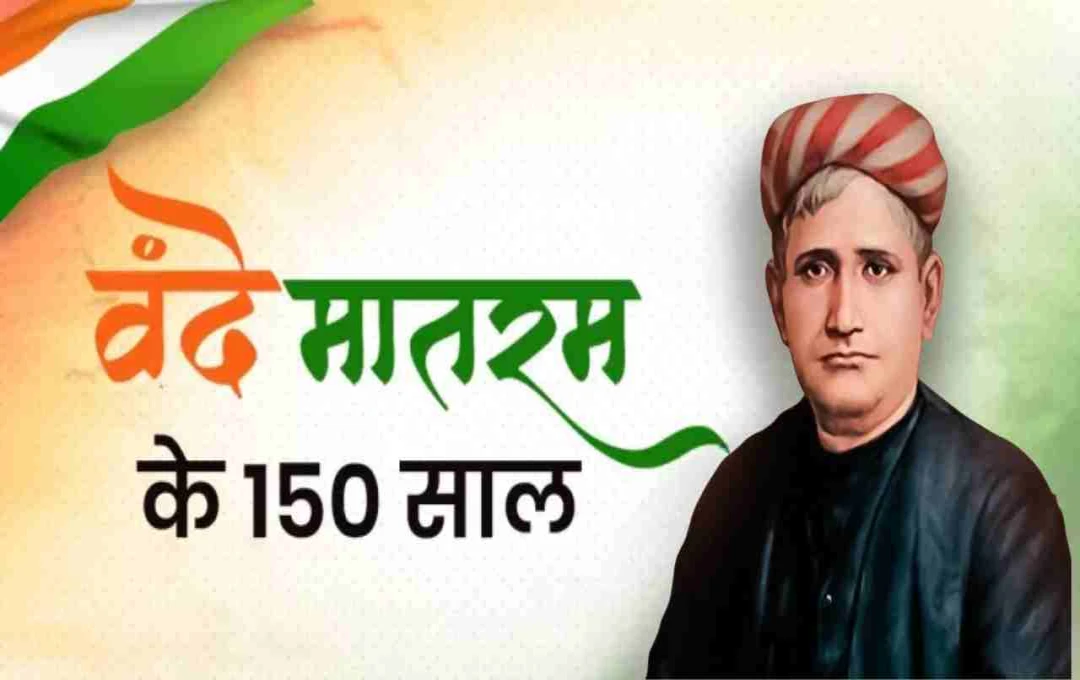In the sacred month of Sawan, the worship of Lord Vishnu holds special significance. On the Dwadashi Tithi of Shukla Paksha in this month, Damodar Dwadashi is celebrated. On this day, Lord Vishnu is worshipped in his Damodar form. The name 'Damodar' is also mentioned in the Vishnu Sahasranama.
According to religious beliefs, Lord Vishnu is quickly pleased by observing a fast and worshipping on Damodar Dwadashi, and he fulfills the wishes of his devotees. Worshipping with proper rituals on this day brings happiness, peace, prosperity, and spiritual energy into life.
When is Damodar Dwadashi?
This time, Damodar Dwadashi will be celebrated on Tuesday, August 5, 2025. According to the Panchang, the Dwadashi Tithi of Shukla Paksha will begin at 01:12 PM on August 5 and will last until 02:08 PM on August 6.
During this period, devotees can obtain the blessings of Lord Vishnu by fasting, worshipping, and meditating on his Damodar form.
Key Muhurats of Damodar Dwadashi
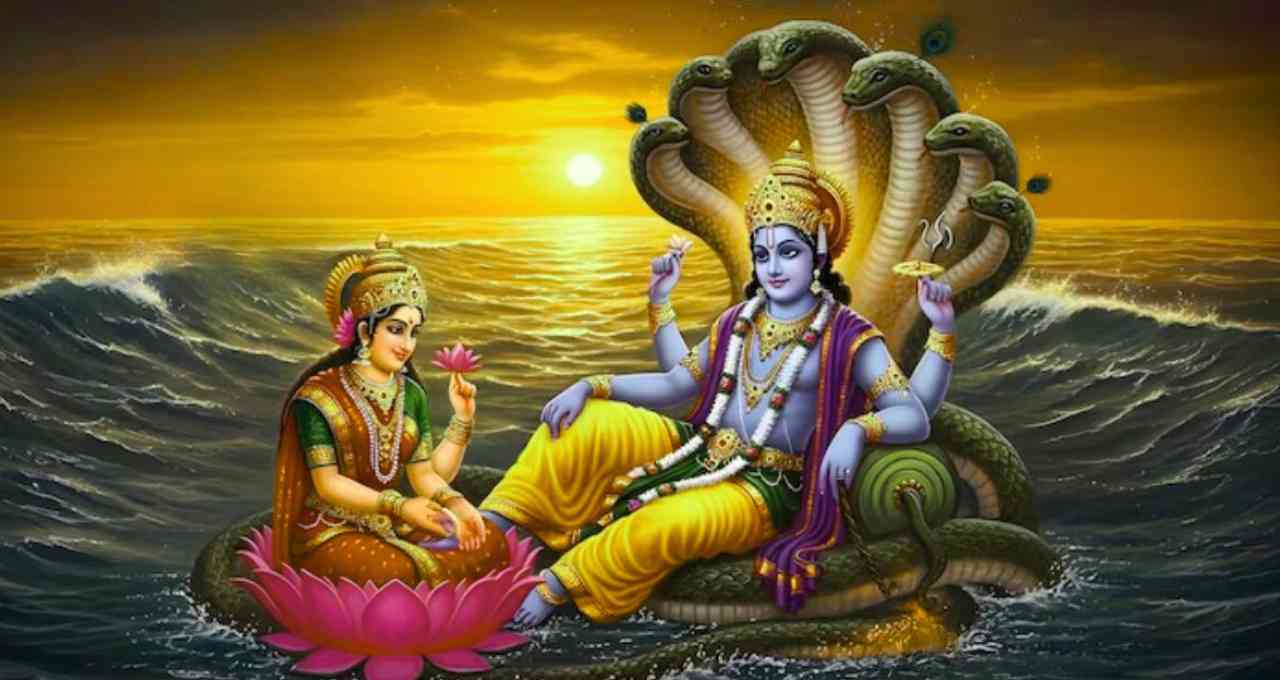
Several auspicious muhurats and yogas are being formed on this day, which make the worship even more effective. It is believed that worshipping during these muhurats results in special meritorious benefits.
- Brahma Muhurat – 04:20 AM to 05:02 AM
- Abhijit Muhurat – 12:00 PM to 12:54 PM
- Vijay Muhurat – 02:41 PM to 03:35 PM
- Godhuli Muhurat – 07:09 PM to 07:30 PM
- Ravi Yoga – 05:45 AM to 11:23 AM
Worshipping at any one of these times is considered extremely auspicious. In particular, Abhijit and Brahma Muhurat are considered best for worship.
Puja Vidhi (Worship Method) of Damodar Dwadashi
The special method of worshipping Lord Vishnu on this auspicious day is as follows, which can easily be performed at home.
- Bath and Cleanliness: Wake up early in Brahma Muhurat. After daily activities, take a bath and wear clean clothes.
- Temple Preparation: Clean the worship place in the house thoroughly. Light a lamp there and spread a yellow cloth on the worship platform (chowki).
- Installation of the Lord: Install the idol or picture of Lord Vishnu on the platform. Bathe his idol with water, Panchamrit, and Gangajal.
- Offer Puja Items: Offer incense, lamp, Akshat (rice), Ashtagandha, yellow flowers, fruits, sweets, Tulsi leaves, etc. to the Lord. He especially likes bananas, coconuts, and yellow sweets.
- Recite Path and Perform Aarti: After this, recite Vishnu Sahasranama. Then perform the Aarti of Lord Vishnu. At the end of the puja, ask for forgiveness from the Lord for any errors.
Why is Lord Vishnu called 'Damodar'?
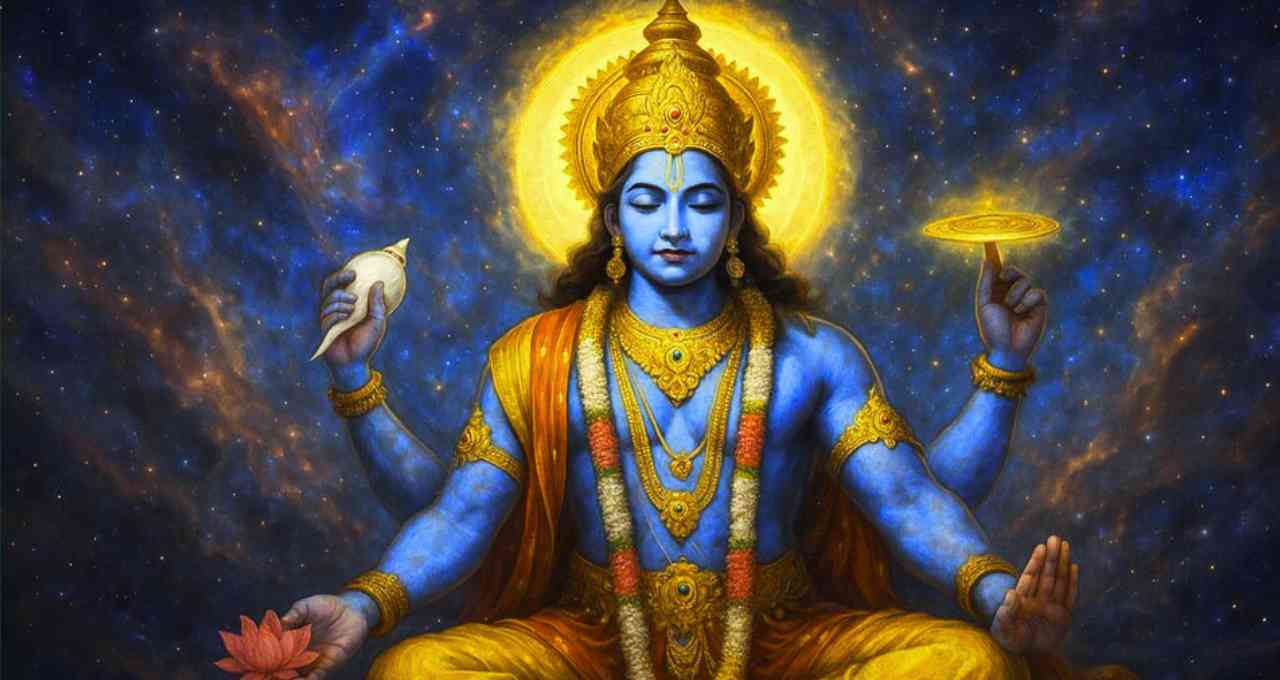
The meaning of the name 'Damodar' is – 'Dam' meaning rope and 'Udar' meaning stomach. This name is associated with the Krishna form of Lord Vishnu, when Balakrishna (young Krishna) was tied to a mortar (Ookhal) by Mother Yashoda. Because of this incident, the Lord came to be called Damodar.
Therefore, Damodar Dwadashi is not only a day of fasting and worship but also an opportunity to remember the form of Lord Vishnu associated with affection and love.
Who can observe this fast?
Anyone who has faith in Lord Vishnu can observe the fast of Damodar Dwadashi. Especially those who desire happiness, peace, family prosperity, or fulfillment of any particular wish in life can observe this fast with devotion.
This fast is considered beneficial for all – women, men, householders, or students. During the fast, it is traditional to meditate on Lord Vishnu by consuming fruits or only water.
Where is special worship held?
Damodar Dwadashi is celebrated with great enthusiasm in many parts of India. Especially in Uttar Pradesh, Madhya Pradesh, Bihar, and Odisha, this festival is celebrated in a traditional manner.
Special decorations are made for Lord Vishnu in temples, and Kirtan, Bhajan, and Prasad distribution are also organized.
